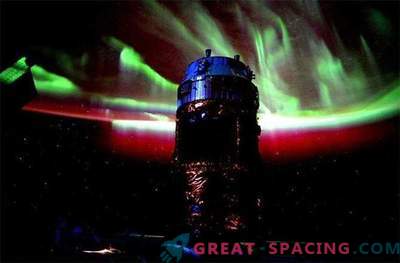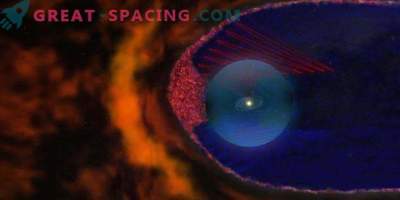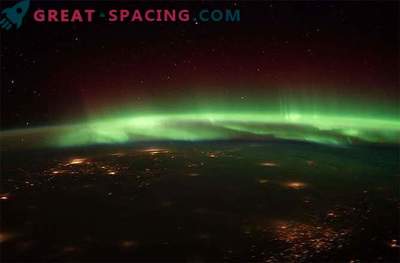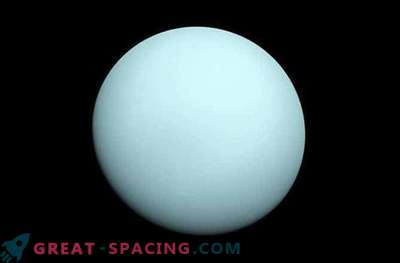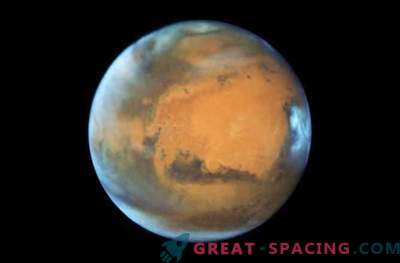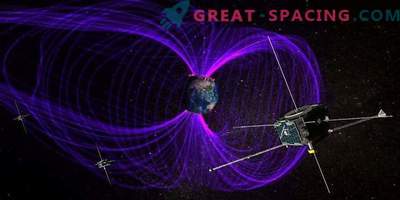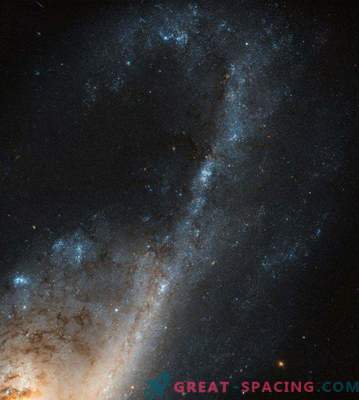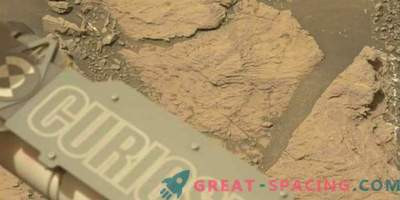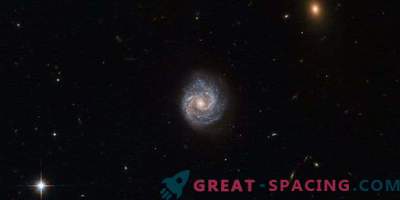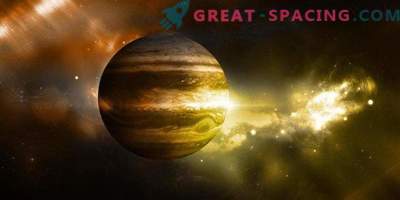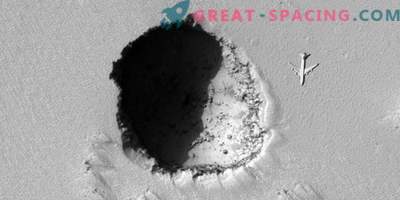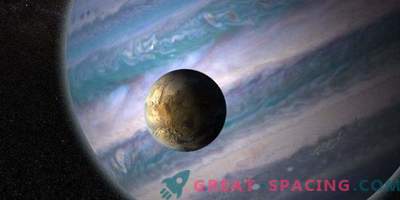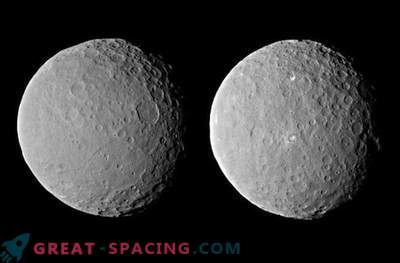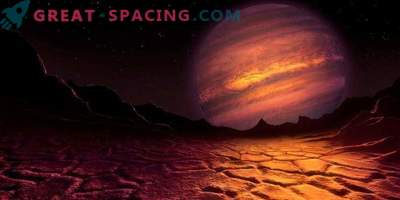
Since Voyager-2 visited Uranus in the 1980s, planetary lovers could not enjoy the extraterrestrial radiance. Auroras (auroras) are created by streams of charged particles (electrons) originating from various sources of light (solar wind, satellite volcanism, or the planetary ionosphere). They are immersed in powerful magnetic fields and sent to the upper level of the atmosphere, where a collision with gas particles (oxygen and nitrogen) reproduce light bursts.
Scientists have been able to study well the alien radiance on Jupiter and Saturn, but Uranus is still a mystery. In 2011, Hubble became the first terrestrial telescope that managed to take pictures of the radiance on Uranus. In 2012 and 2014, scientists for the second time admired the auroras through the ultraviolet capabilities of the Hubble Space Telescope Imaging Spectrograph (STIS) camera. They followed the interplanetary tremors created by two strong flashes of the solar wind, and then used the Hubble to capture their influence on the northern lights of the planet. They are incredibly lucky, as they watched the strongest shine on the planet over the entire study. With long-term surveillance, it became clear that the lights rotate with the planet. In addition, they found the lost magnetic poles, which fell out of sight almost immediately after the discovery of Voyager-2 in 1986 (the reason - the uncertainty of measurements and the impersonal planetary surface).
This is a combined image of Uranus, made by Voyager-2 and Hubble (two different observations) - one for the ring and the other for Aurora.

